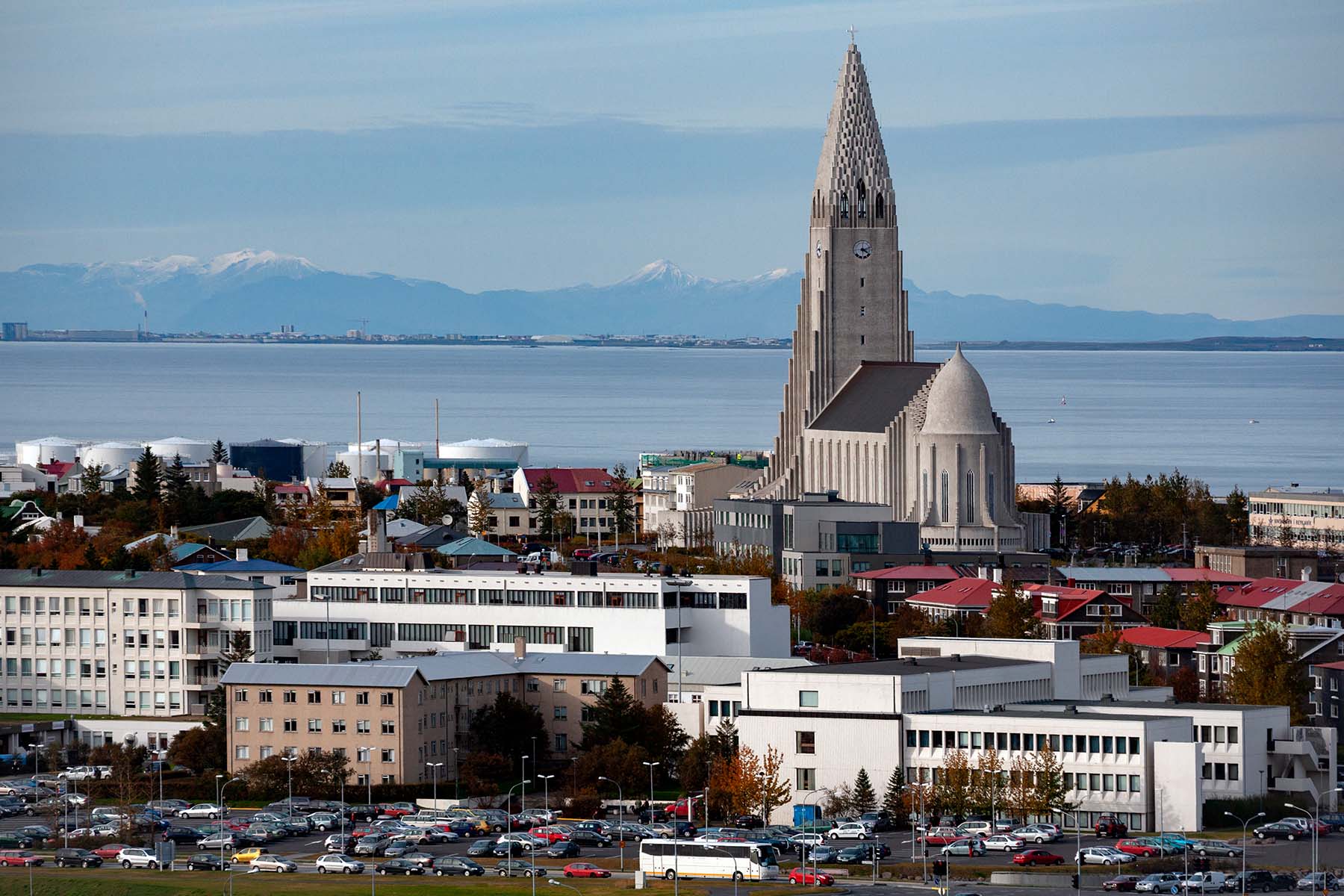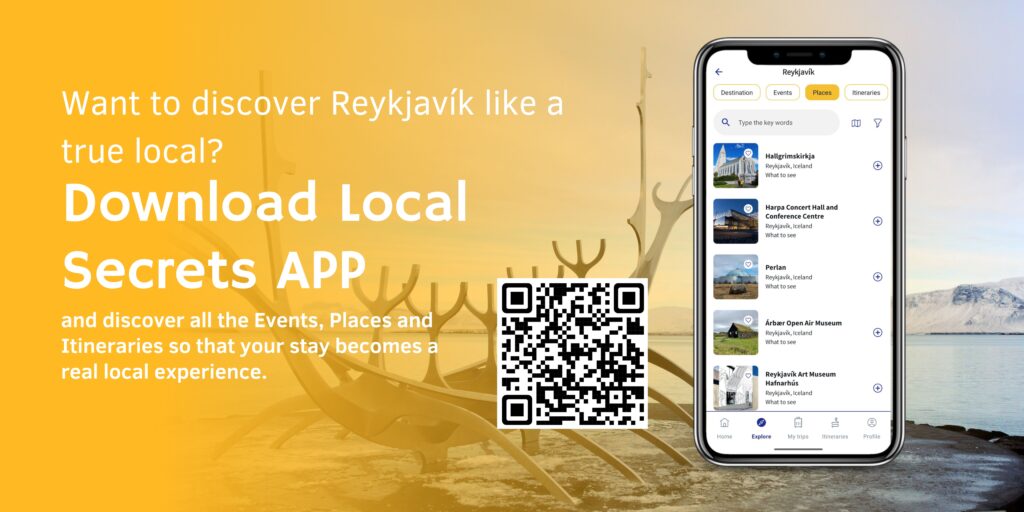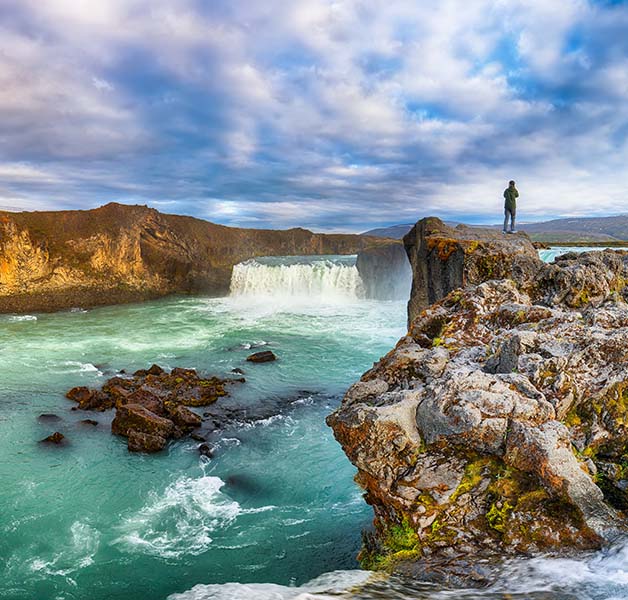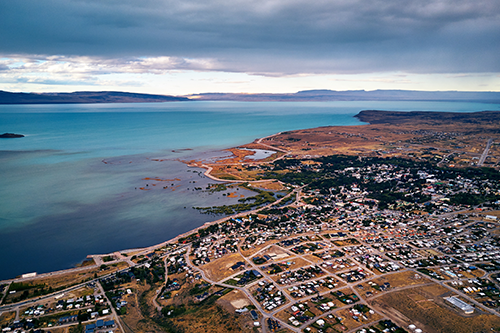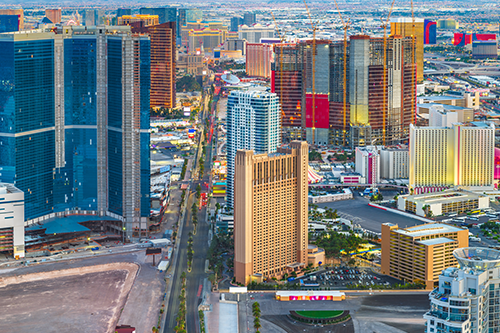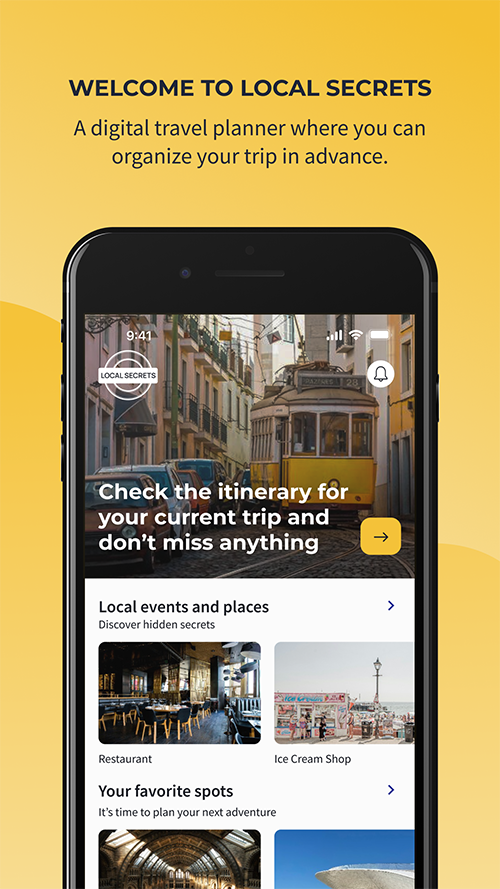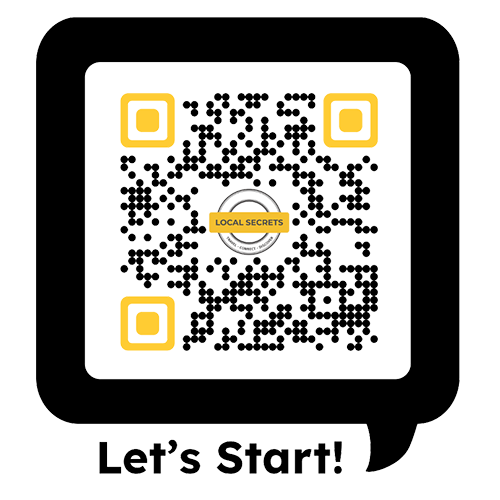Reykjavík
Reykjavík might be one of the coolest capitals you’ll ever visit—literally. It’s the northernmost capital in the world, sitting in the southwest of Iceland, right on the edge of the Atlantic. Even though it’s the biggest city in the country, it’s still super walkable and has a chill, small-town vibe.
The city has around 140,000 inhabitants, which means more than a third of Icelanders live here. It’s cozy but full of life. The average annual temperature? Around 5°C (41°F), so yeah, bring layers—especially in the wind.
Despite the cold, over 2 million tourists come here every year, drawn by its unique atmosphere, creative culture, and wild surroundings. Reykjavík mixes peaceful nature with an alternative spirit that’s hard to find elsewhere.
If you’re planning your trip, the best time to visit is between June and August, when the days are long, the skies are clear, and the city feels more alive than ever.
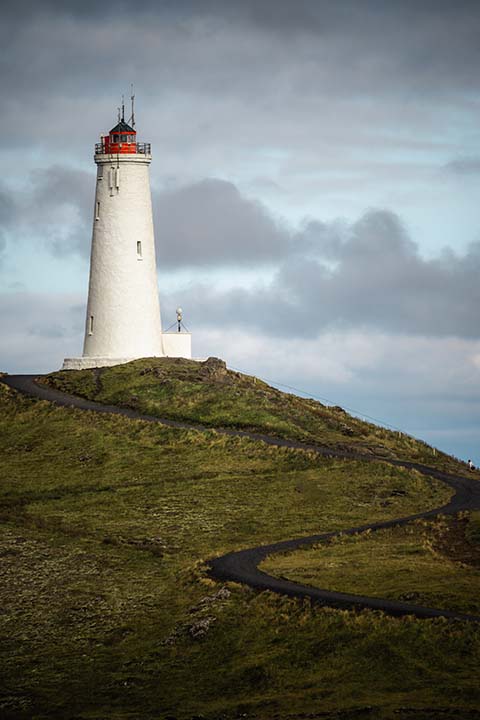
Reykjanes Lighthouse
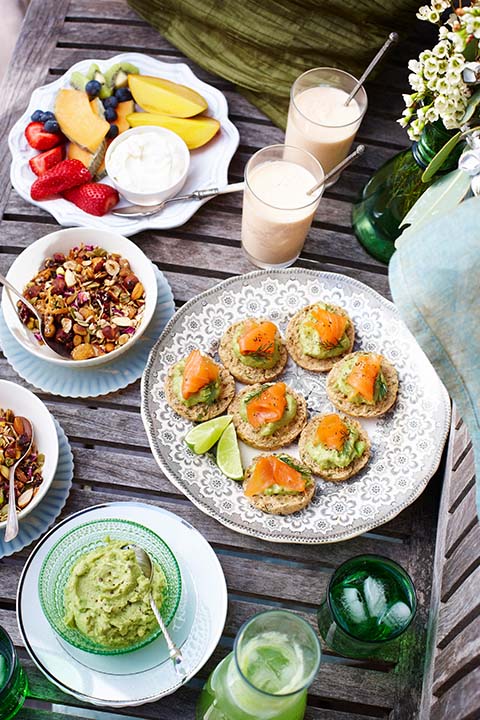
Fish and Fruits
Arriving to Reykjavík
Reykjavík is the kind of place that feels both remote and super cool at the same time. It’s Iceland’s capital and pretty much the heart of everything going on in the country. Even though it’s small compared to most European capitals, it’s packed with personality, colors, and a really fun mix of locals, expats, and curious travelers. Getting here is pretty straightforward—most people fly into Keflavík International Airport, which is about 45 minutes from the city center. There are shuttle buses, rental cars, or private transfers that’ll get you into town without a hassle.
If you’re staying for a few days, the best areas to base yourself are Miðborg (the downtown area), where all the cafés, bars, and shops are, or Hlíðar, which is a bit quieter but still close to everything. For a more local feel, Vesturbær is a cozy neighborhood near the harbor and university. Wherever you stay, Reykjavík is super walkable, so you’re never really far from the action.
Public transport here is easy: buses are reliable and cover the whole city, though many people just walk or rent bikes, especially in summer. There are also scooters around for quick rides, and if you’re heading out on day trips, car rentals or tours are the way to go. Just remember, this isn’t a big metro city—things are relaxed and distances are manageable.
Now, let’s talk food. Icelandic cuisine is all about fresh ingredients and comfort. Think lamb, seafood, hearty soups, and of course, the famous hot dogs you’ll probably hear about the moment you land. There are also plenty of bakeries, modern restaurants, and cafés with great coffee and pastries. Reykjavík might be small, but it’s a surprisingly fun place to eat.
What can you see here? A lot more than you’d expect. There’s Hallgrímskirkja (that tall church you’ll spot from anywhere), the Harpa concert hall, museums, street art, and beautiful harborside views. It’s also the best base for experiences like chasing the Northern Lights, soaking in thermal pools like the Sky Lagoon, or joining small tours into Iceland’s wild landscapes.
Reykjavík is chill, creative, and full of surprises. Whether you’re into nature, nightlife, or just wandering and soaking it all in, this city knows how to leave a mark.
Accomodation
Looking for a unique hotel experience?
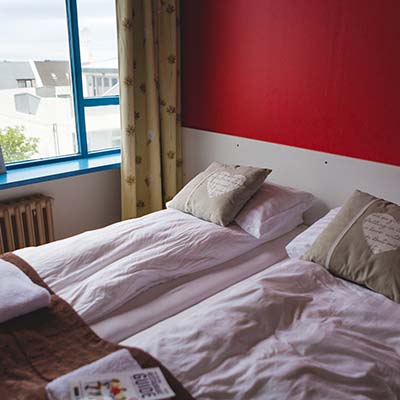
Local Secrets has developed a network of professional experts in tourist accommodations committed to quality and service to guarantee a unique experience to our travelers.
Want to feel like home?

Local Secrets has developed a network of professional experts in tourist accommodations committed to quality and service to guarantee a unique experience to our travelers.
Currency: The official currency of Reykjavík is Icelandic króna (ISK). 1 ISK is equivalent to 0.00791 USD.
Keep in mind before travelling to Reykjavík
Reykjavík is one of those cities that feels totally different from anywhere else. It’s small, colorful, and super welcoming, with a quirky personality that mixes Icelandic tradition with a cool, creative vibe. Even though it’s the capital, it has a laid-back pace, and it’s super easy to get around on foot, bike, or bus.
If you’re into festivals, Reykjavík knows how to throw a party. Some of the best ones include Þorrablót (a mid-winter feast celebrating old Icelandic food and culture), Reykjavík Arts Festival, and National Day on June 17th, when the whole city fills with parades and music. There’s also Reykjavík Pride, Iceland Airwaves (a music festival with local and international acts), Culture Night, and the Winter Lights Festival in February. Each one shows a different side of the city and is a great excuse to join the locals in celebrating.
If you feel like getting out of town, you’re in luck. Some awesome day trips from Reykjavík include the Blue Lagoon, Thingvellir National Park, the Golden Circle, Reykjanes Peninsula, Hvalfjörður fjord, and Mount Esja for hikes and views. Reykjavík is the perfect starting point to explore Iceland’s wild side without going too far.
Tips to visit Reykjavík
Reykjavík is full of personality, and the people who live there—Reykvíkingar—are friendly, chill, and super open to travelers. Don’t expect big formal greetings; a simple “Hæ” (hi) or “Hello” does the job. A lot of people speak English perfectly, so you won’t struggle if you don’t speak Icelandic.
Locals usually eat lunch between 12 and 1 PM and dinner from 6 to 8 PM, and restaurants tend to follow that rhythm. Most shops and businesses open around 10 AM and close by 6 PM, although cafés stay open longer.
Tipping isn’t expected—it’s already included in the bill, but if you really loved the service, rounding up or leaving a small extra is always appreciated. The health system is public and high-quality, and tourists are covered with travel insurance.
Dress code? Layer up, no matter the season. And if you hear someone say “þetta reddast,” it means “it’ll all work out”—a very Icelandic mindset.


